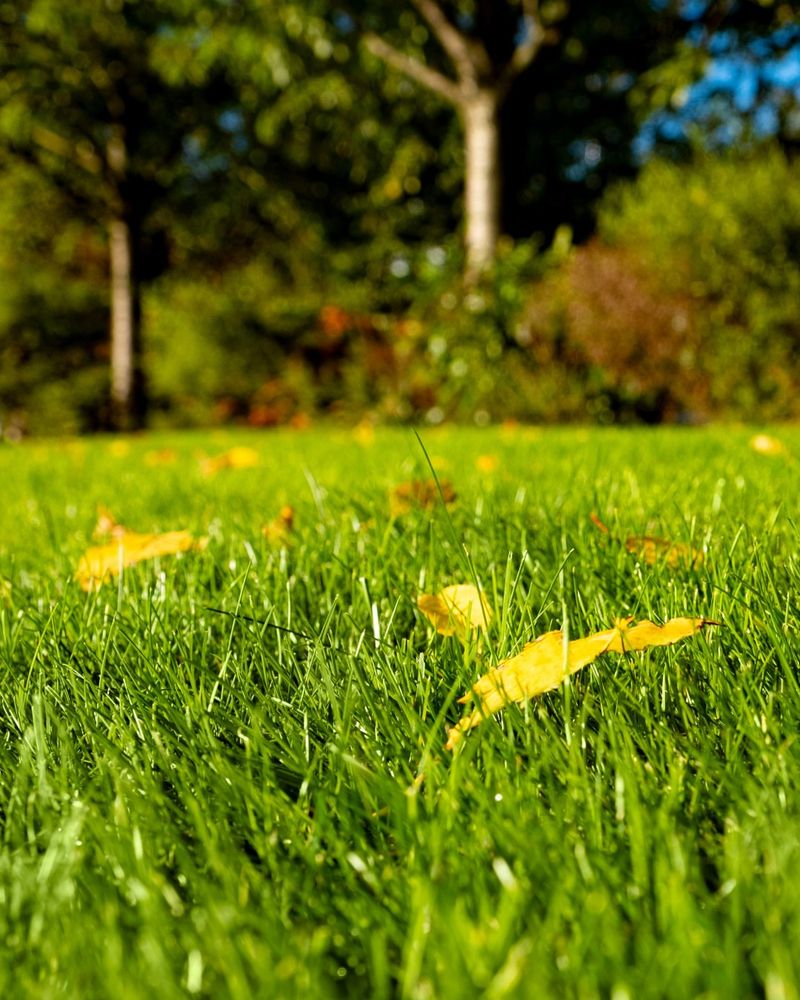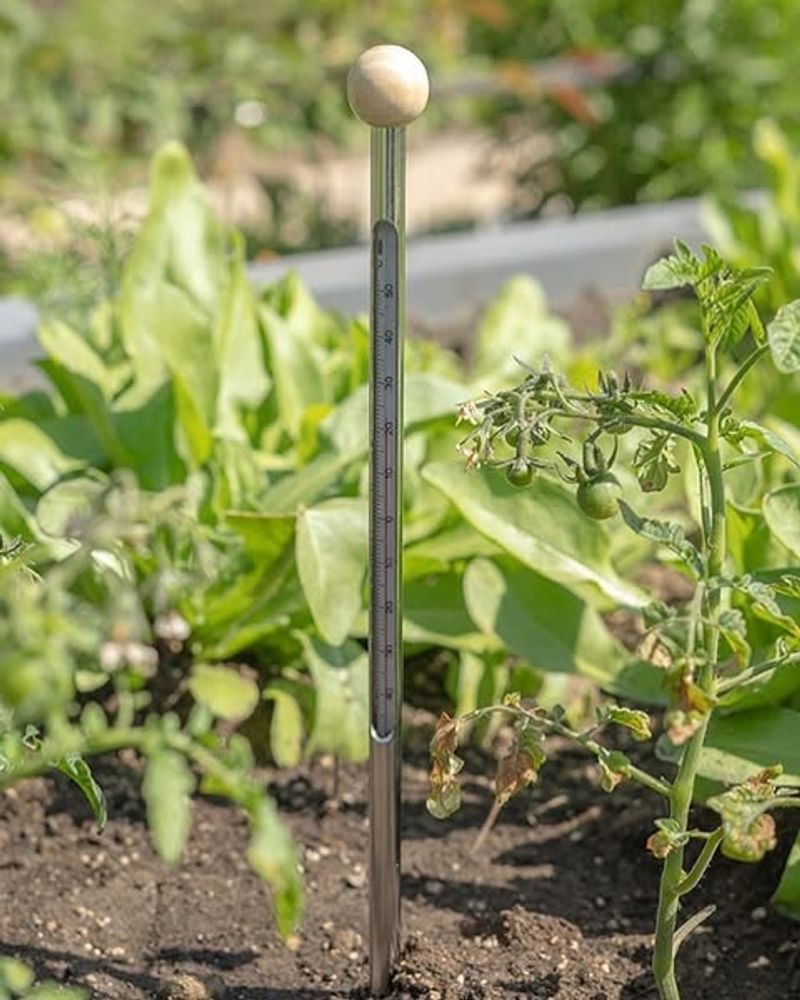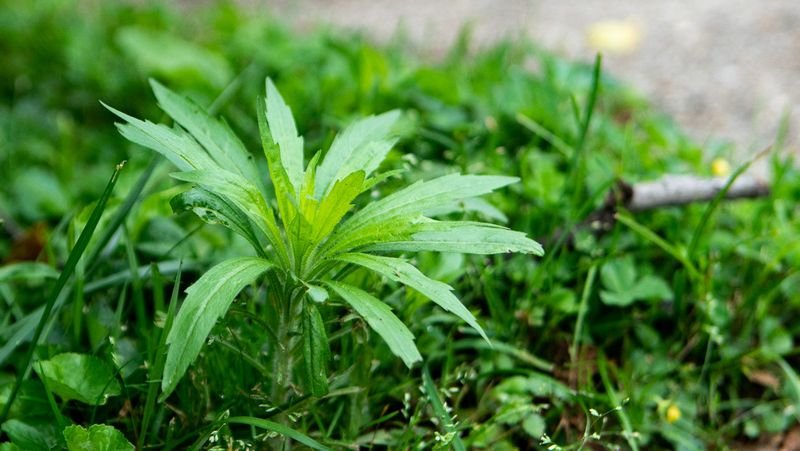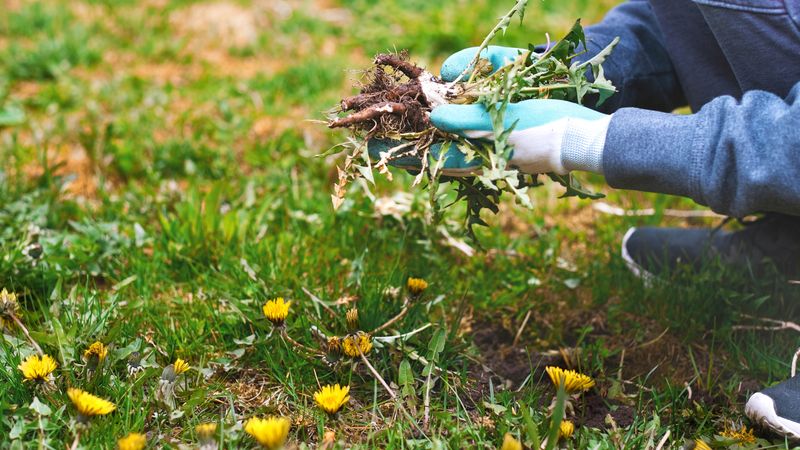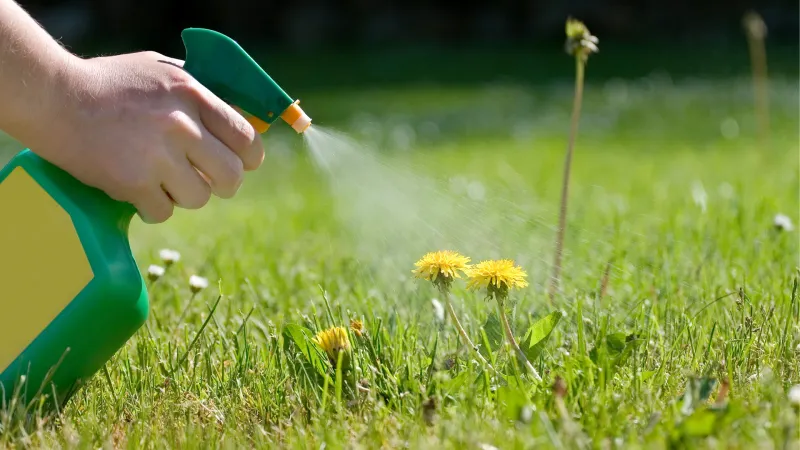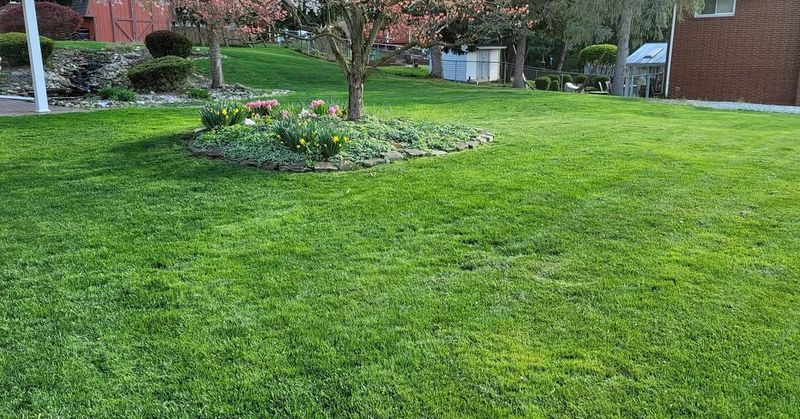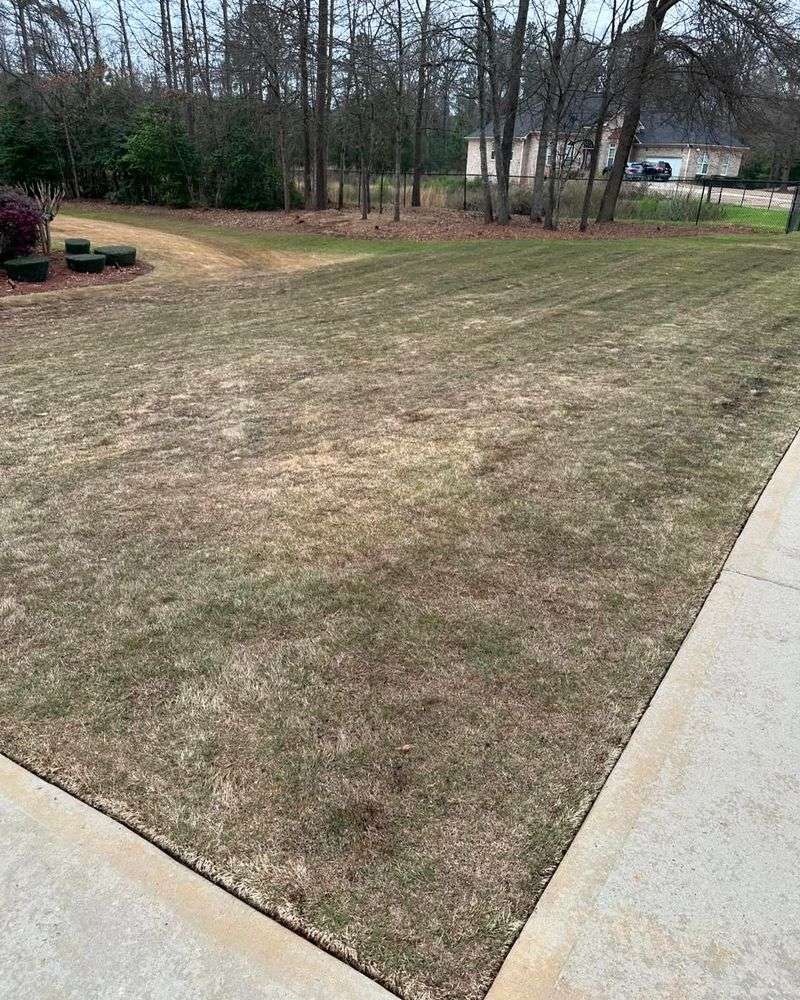Kentucky lawns face a sneaky enemy during the cold months: winter weeds that sprout when you least expect them. Knowing when to apply weed control treatments can save your yard from looking patchy and overgrown come spring.
Now, let’s learn the timing and reasons behind winter weed management to help you protect your grass and enjoy a healthier, greener lawn year-round.
1. Fall Is The Prime Window For Pre-Emergent Applications
Applying pre-emergent herbicides between late September and early November gives your Kentucky lawn the best defense against winter weeds. During this period, soil temperatures drop to the sweet spot where weed seeds begin germinating.
Catching them before they sprout means fewer weeds to battle later. Missing this window lets troublesome plants like henbit and chickweed take over your turf.
Mark your calendar for fall application to stay ahead of the problem and maintain a pristine lawn throughout winter.
2. Soil Temperature Dictates Perfect Timing
Weed seeds respond to soil temperature rather than air temperature, making a soil thermometer your secret weapon. When Kentucky ground temps hover between 50 and 55 degrees Fahrenheit for several consecutive days, winter annual weeds start their growth cycle.
Checking soil temperature at a depth of two to four inches helps you time treatments precisely. Many garden centers sell affordable thermometers that make monitoring easy.
Paying attention to this detail ensures your herbicide works when weeds are most vulnerable.
3. Kentucky’s Climate Creates Two Weed Seasons
Unlike some states, Kentucky experiences both cool-season and warm-season weed problems due to its transitional climate zone. Winter annuals germinate in fall, grow through mild winters, and flourish in early spring before dying off.
Understanding this dual challenge helps homeowners plan two separate control strategies throughout the year. Cool nights and moderate days create ideal conditions for persistent invaders like purple deadnettle.
Recognizing Kentucky’s unique weather patterns makes weed management more effective and less frustrating for lawn enthusiasts.
4. Untreated Winter Weeds Steal Nutrients From Your Grass
Winter weeds compete aggressively for water, sunlight, and essential nutrients that your desirable grass needs to thrive. Even though your Kentucky lawn appears dormant, roots remain active below the surface, requiring resources to survive cold months.
Weeds rob these vital elements, weakening turf and creating bare spots that worsen over time. A thick weed population also blocks sunlight from reaching grass blades.
Controlling these invaders early protects your lawn’s health and ensures vigorous spring growth when temperatures warm up again.
5. Post-Emergent Treatments Work Best On Mild Winter Days
Already see weeds poking through your turf? Post-emergent herbicides can tackle existing growth, but timing matters for effectiveness. Apply these treatments on days when temperatures reach above 50 degrees and no frost is expected for at least 24 hours.
Warm Kentucky conditions help plants absorb the herbicide through their leaves, increasing kill rates. Avoid spraying during freezing weather, as chemicals become less effective and may damage stressed grass.
Checking the forecast ensures your efforts produce the results you want.
6. Preventing Weeds Now Means Less Work In Spring
Investing time in winter weed control during fall pays massive dividends when spring arrives and your neighbors are scrambling to fix their lawns. Weeds left unchecked produce thousands of seeds that create bigger headaches for years to come.
A proactive approach reduces the need for multiple herbicide applications and manual pulling later. Your grass gets a head start growing thick and healthy without competition.
Thinking ahead transforms lawn care from a constant battle into an enjoyable hobby with beautiful, lasting results.
7. Proper Application Protects Kentucky’s Water Quality
Following label directions and applying the correct herbicide amount protects local waterways from chemical runoff that harms fish and wildlife. Kentucky’s streams and rivers depend on responsible lawn care practices from homeowners across the state.
Over-application wastes money and creates environmental problems, while under-application fails to control weeds effectively. Using a calibrated spreader ensures even coverage at recommended rates.
Taking care with application methods shows respect for your community and preserves Kentucky’s natural beauty for future generations to enjoy.


